One of the activities my children ask for over and over again is a bowl of cornflour gloop. It's so easy to make and keeps everyone happy for hours, although it is a little on the messy side, so I'd definitely set it up outside if at all possible.
To make the gloop even more fun I added some baking soda and food colouring and froze it into a star shape. Once frozen we added vinegar to make lovely gooey, fizzy stars.
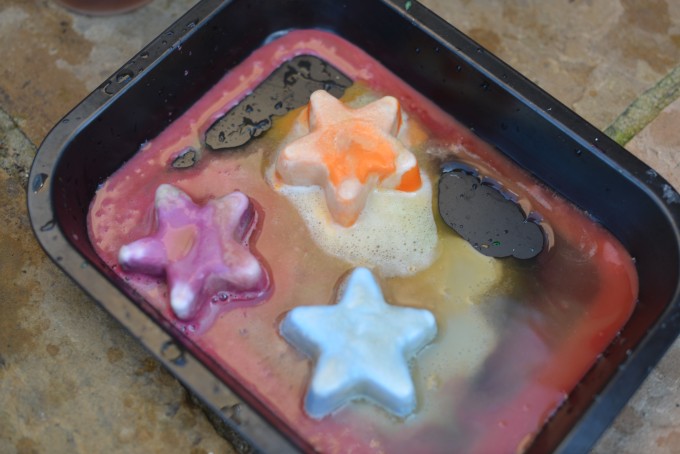
Materials
Baking soda
Cornflour
Shaped mould
Vinegar
Food colouring - optional
Method
Pour the cornflour into a bowl, you can use as much or as little as you want.
Slowly add water until you get a thick, smooth consistency.
Add a couple of tablespoons of baking soda and mix well.
Pour into your shaped moulds and add food colouring to each.
Leave in a freezer till set.
Once frozen carefully remove from the mould, you might have to let it warm up a little.
Use a pipette to drop vinegar onto the frozen shapes.
Watch the fizz.
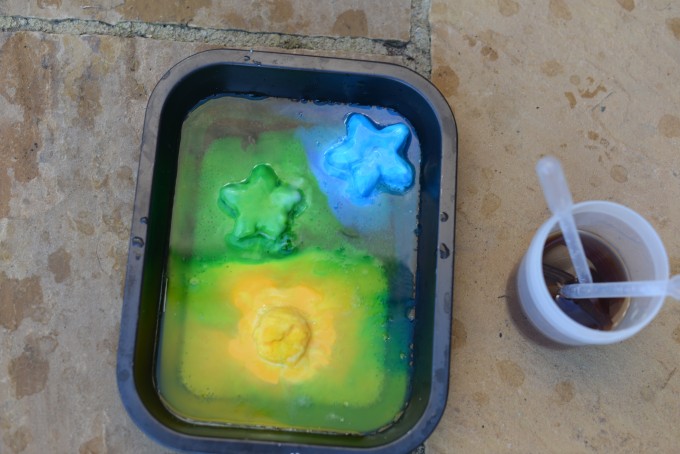
Why does this happen?
Bicarbonate of soda – baking soda is alkali which reacts with acids to produce carbon dioxide, the carbon dioxde is the bubbles you see.
Extension Ideas
Can you make the stars or shapes using different amounts of baking soda and comparing the fizz produced?
Try one of our other baking soda experiment ideas.
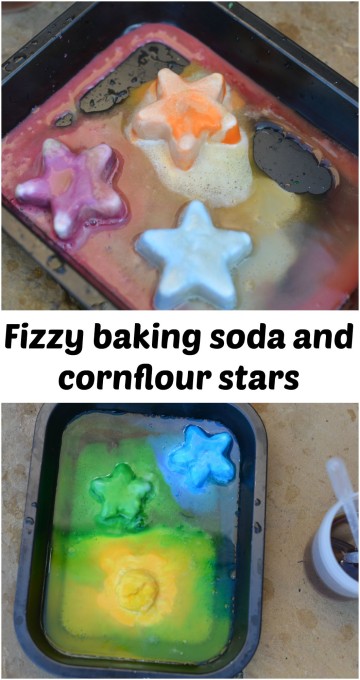
Contains affiliate links
Last Updated on October 15, 2016 by Emma Vanstone

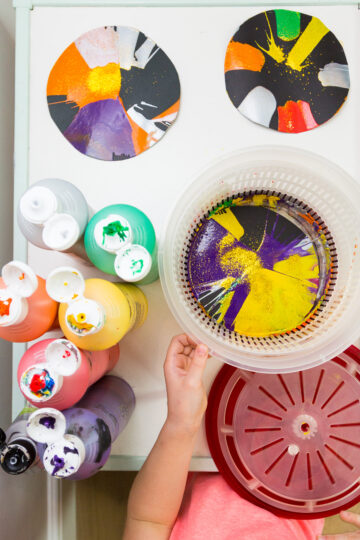
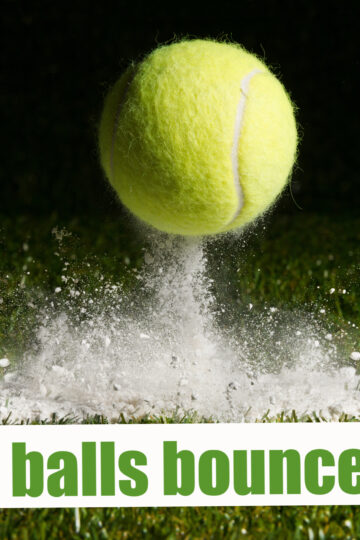
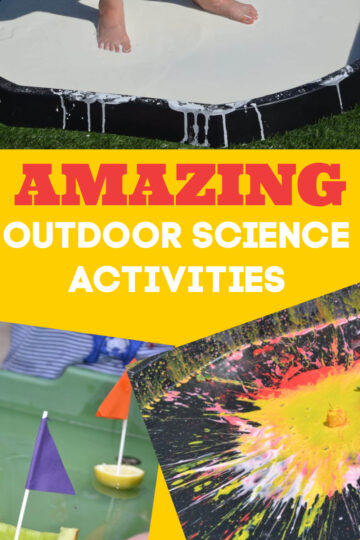
Anya from Older Single Mum and The Healer says
You are full of genius yet simple ideas and these are perfect, thank you 🙂 x